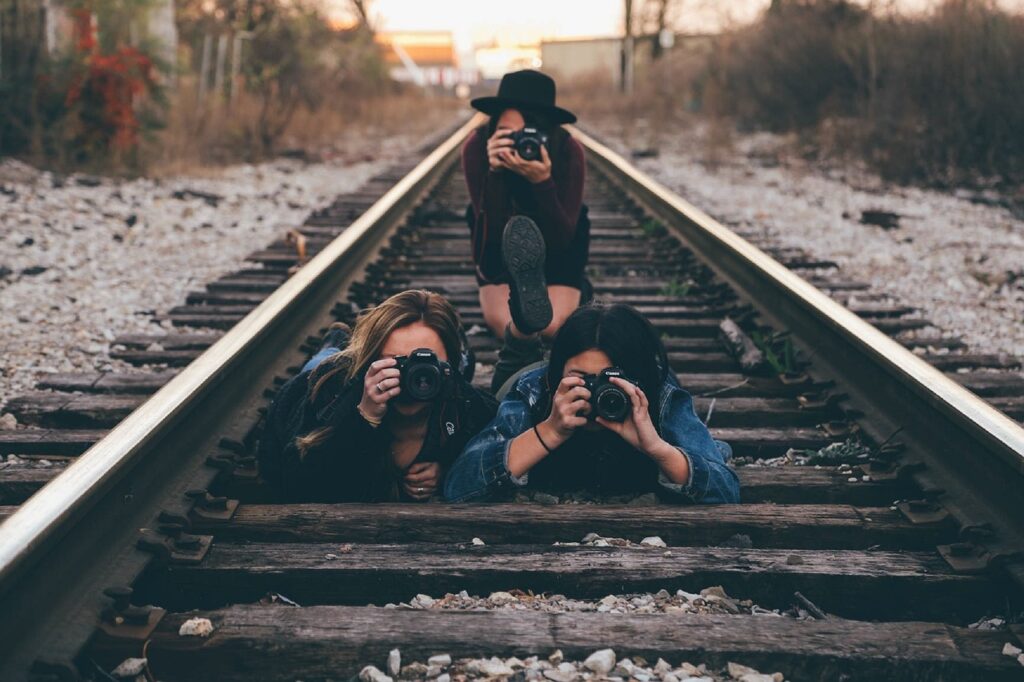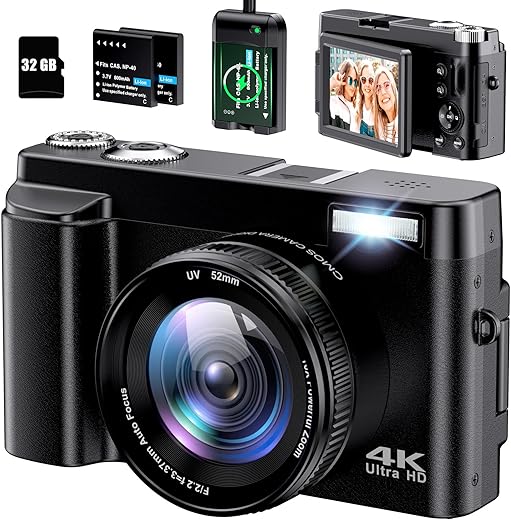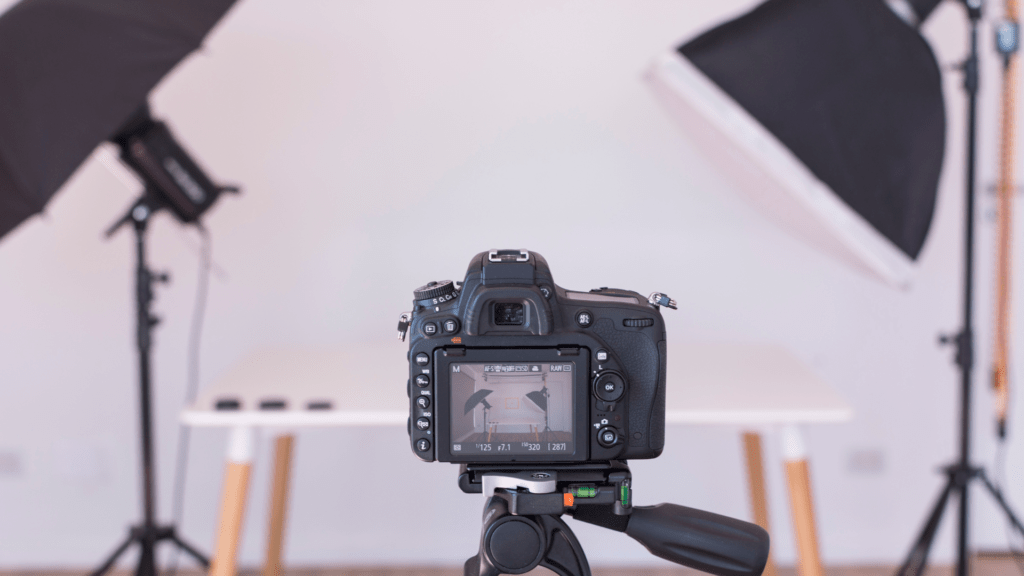Changing lenses on a DSLR camera can seem daunting at first, but it’s a rewarding process that opens up new creative possibilities. In this compassionate step-by-step guide, we’ll gently walk you through the essential steps to ensure you change your lenses safely and effectively. From knowing when to switch lenses to avoiding dust and managing your gear with care, we’re here to support you in expanding your photography skills with confidence. Whether you’re a beginner or a seasoned amateur, this guide will help you discover the joy of experimenting with different perspectives.
Steps to Replace a Lens on Your DSLR or Mirrorless Camera
Prepare Your Camera
- Turn off your camera before changing lenses. This prevents any potential electrical issues that may arise during the process.
- Choose a clean, dust-free environment to reduce the risk of dust entering the camera body. This is crucial for maintaining the quality of your images and protecting your equipment.
- Handle your lenses with care, avoiding touching the glass elements. This ensures that you maintain their optical clarity.
- Have a lens cap ready to cover the rear of the lens and the camera body immediately after removing the lens. This minimizes exposure to dust and debris.
Remove the Current Lens
Press the lens release button situated on the camera body to unlock the current lens. While keeping this button pressed, grasp the lens firmly and rotate it counterclockwise. Continue this action until you hear a click, indicating that the lens has detached from the camera. Carefully lift the lens away from the camera body and set it aside in a safe place.
Cover the Camera Mount
Cover the camera mount immediately with a body cap or your hand to prevent dust and debris from entering the camera sensor area. This simple step ensures that sensitive components remain protected during lens changes or while transporting the camera. If you are using a lens cap, close it securely as soon as the lens is removed. If none is available, quickly place your hand over the mount to create a barrier against particles.
Select Your New Lens
Inspect your new lens thoroughly for any dust, smudges, or fingerprints. Use a soft microfiber cloth to gently clean the lens surface, applying light pressure in circular motions to avoid scratches. If necessary, utilize a lens cleaning solution to remove any persistent marks, ensuring it is designed specifically for camera lenses. Once clean, hold the lens up to the light to confirm it is clear and free from any contaminants that could compromise image quality.
Align the New Lens
Position the new lens in front of the camera mount. Align the white dot or mark on the lens with the corresponding dot on the camera body. Gently rotate the lens until you feel it click into place, indicating that it is securely attached. Ensure that both dots are perfectly aligned to avoid any misalignment during use.
Attach the New Lens
Gently insert the new lens into the camera mount, ensuring that the alignment markers on both the lens and the mount are properly lined up. Rotate the lens clockwise until you hear a definitive click, which indicates that the lens is securely locked in place. For example, if you hear a soft click but the lens feels loose, make sure to remove it and try the insertion process again. Check the lens for stability by lightly tugging on it; it should not move or wobble if it is securely attached.
Check Lens Functionality
- Turn on your camera and wait for it to fully boot up.
- Attach the new lens securely to the camera body, ensuring it clicks into place.
- Adjust the zoom function by rotating the zoom ring. Check for smooth movement throughout the entire range.
- Focus the lens by turning the focus ring until your subject is sharp and clear.
- Test autofocus functionality by pointing at a well-lit subject and allowing the camera to adjust automatically.
- Switch to manual focus mode and fine-tune the focus ring for precision.
- Capture a few test shots to confirm that the lens performs correctly under different lighting conditions.
Store the Removed Lens Safely
Place the removed lens in a protective case or padded bag immediately to safeguard it against dust and potential damage. Secure the lens caps back onto both ends of the lens to protect the glass from scratches and environmental factors. Ensure the case is closed properly to prevent accidental openings during storage or transport. Store the case in a cool, dry location to further protect the lens from extreme temperatures or humidity.
Final Tips and Best Practices
In conclusion, mastering the process of changing lenses on your DSLR camera is essential for unlocking the full potential of your photography skills. By following the outlined steps, you can seamlessly transition between different lenses, enhancing your creative opportunities while ensuring the safety and integrity of your equipment. With practice, this simple routine will become second nature, allowing you to focus more on capturing stunning images and less on the technical details. Happy shooting!
Essential Equipment List
Essential Advice
Mastering Your DSLR: Essential Tips and Techniques for Optimal Use
- Familiarize Yourself with Your Camera: Start by reading the manual to understand the various settings and functions. Learn about the basic controls, such as the shutter speed, aperture, and ISO, which are essential for exposure
- Practice Shooting in Manual Mode: Switch to manual mode to gain full control over your camera settings. Experiment with different combinations of shutter speed, aperture, and ISO to see how they affect your photographs
- Master Composition Techniques: Study the principles of composition, such as the rule of thirds, leading lines, and framing. This will help you create more visually appealing images
- Experiment with Different Lenses: If possible, try using various lenses to achieve different effects. A prime lens can give you sharp images with a shallow depth of field, while a wide-angle lens can capture expansive landscapes
- Review and Edit Your Photos: After shooting, review your images critically. Use photo editing software to enhance your photos—adjust exposure, contrast, and colors to improve your final results
Common Questions About DSLR Cameras
A DSLR camera and a mirrorless camera differ primarily in their internal mechanisms and design.
A DSLR (Digital Single-Lens Reflex) camera uses a mirror system that reflects light from the camera’s lens up into an optical viewfinder. This mirror flips up when a photo is taken, allowing light to reach the image sensor. This traditional design often results in a bulkier camera body.
In contrast, a mirrorless camera, as the name implies, does not have a mirror mechanism. Instead, it relies on electronic viewfinders (EVFs) or the rear LCD screen to display a digital feed from the image sensor. This absence of a mirror allows mirrorless cameras to be more compact and lightweight compared to DSLRs.
Both types of cameras can deliver high-quality images, but their operational differences can affect factors like autofocus speed, battery life, and lens compatibility. Generally, DSLRs tend to have longer battery life, while mirrorless cameras may offer faster shooting speeds and real-time exposure previews.
To effectively use manual mode on a DSLR camera, I follow a few key principles to ensure optimal exposure and creative control over my photographs.
- Understanding Exposure Triangle: I focus on mastering the three components of the exposure triangle: aperture, shutter speed, and ISO.
- Aperture affects the depth of field and the amount of light entering the camera. A lower f-stop number (e.g., f/2.8) results in a wider aperture, which is great for portraits with a blurred background.
- Shutter Speed determines how long the camera’s sensor is exposed to light. Faster speeds (e.g., 1/1000 sec) freeze motion, while slower speeds (e.g., 1/30 sec) can create motion blur, which adds a sense of movement to the image.
- ISO influences the camera’s sensitivity to light. A lower ISO (e.g., 100 or 200) is best for bright environments, while a higher ISO (e.g., 1600 or 3200) can be used in low-light situations, though it may introduce more noise.
- Metering Modes: I utilize the camera’s metering modes (evaluative, center-weighted, spot metering) to better gauge the light in my scene. This allows me to adjust my settings to achieve an optimal exposure based on the subject and lighting conditions.
- Exposure Compensation: While in manual mode, I pay attention to my exposure meter. I adjust my settings accordingly based on the meter’s reading, typically aiming for a balanced exposure. However, I also use my judgment to intentionally overexpose or underexpose depending on the creative vision I have for the shot.
- Using the Histogram: After taking a photo, I check the histogram to ensure that I am not losing detail in the highlights or shadows. This helps me make necessary adjustments in my settings for future shots.
- Practice and Experimentation: Finally, I consistently practice and experiment with different settings and scenes. This helps me to develop an intuition for how changes in aperture, shutter speed, and ISO affect the final image.
By applying these techniques, I can confidently utilize manual mode to achieve the desired results in my photography.











Wow, I didn’t know you had to align the dots on the lens! That’s super helpful.
I think I need to practice more. My last lens change ended in a bit of panic!
Just changed my lens for the first time and it was way easier than I thought. Thanks for the guide!
Is there a specific technique to avoid getting fingerprints on the glass? Asking for a friend 🙂
Can’t wait to try this out on my next photoshoot! Cheers for the advice!
Great tips! I always worried about dust getting in, but now I feel more confident.
What’s the best way to clean the lens once it’s attached? Great article, by the way!
Love that you mentioned using a lens cap! I always lose mine.